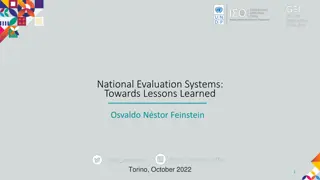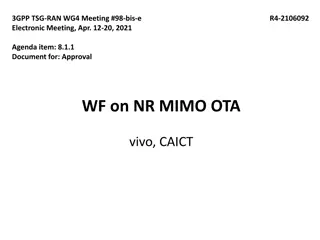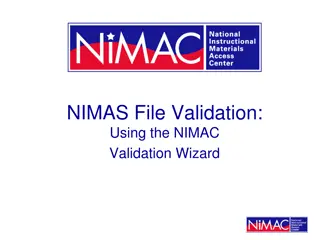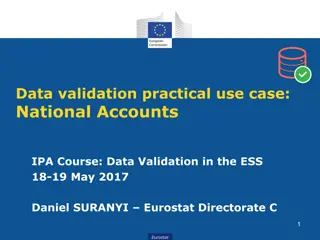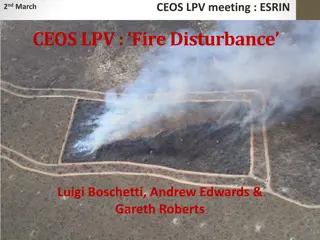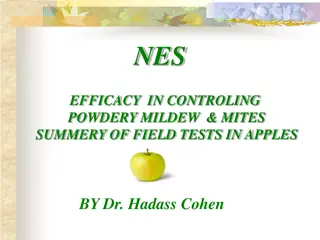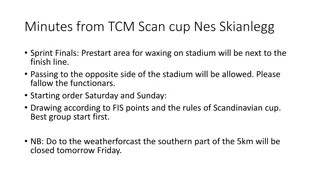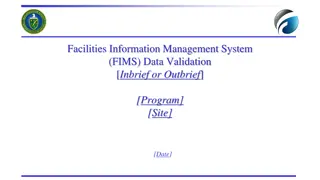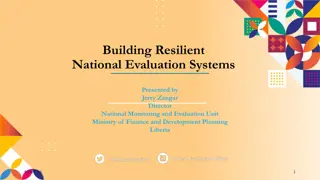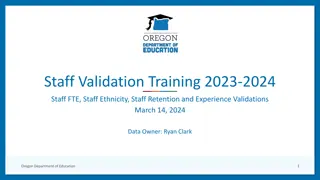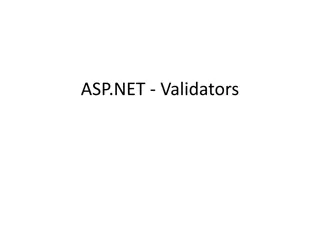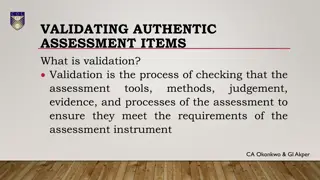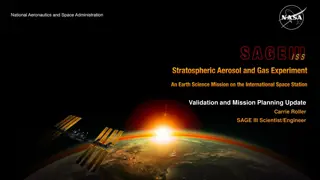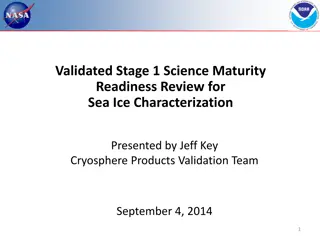Challenges and Impact of NES HNO 2024 Validation Workshop
Bracing for an impending USD liquidity crisis, a triple water crisis, and galloping inflation in Syria's NES region. Rising food insecurity, fractured governance, unpredictable weather, and funding cuts add to the challenges. The situation calls for urgent measures to address the escalating humanitarian and economic crises facing the region.
Download Presentation

Please find below an Image/Link to download the presentation.
The content on the website is provided AS IS for your information and personal use only. It may not be sold, licensed, or shared on other websites without obtaining consent from the author. Download presentation by click this link. If you encounter any issues during the download, it is possible that the publisher has removed the file from their server.
E N D
Presentation Transcript
SITUATION OVERVIEW: NES HNO 2024 Validation Workshop
2024: bracing for impact USD liquidity crisis Triple Water Crisis Galloping inflation Px SMEB total increased from 1,430,091 SYP in August to 1,776,174 SYP in October (+ 24%). Inflation driven by SMEB water component (+84%), bread (+125%), eggs (+60%) and vegetables (+57%). SMEB at 472,000 SYP in Autumn 22 Fractured governance Unpredictable weather New & old geopolitical risks Disaster risk Hostilities: October Food insecurity keeps rising Communal tensions Local capacity gaps only 17% of wheat storage silos have personnel with the requisite skills to address these maintenance and rehabilitation needs in-house [FSL WG, WTB Facilities Mapping, 2023] Funding missing when it s most needed Slashes to NGO project budgets exceed 40% for FSL activities in- and out-of-cams. Beneficiary selection cut-off thresholds no longer applicable, as humanitarian needs rise exponentially, driving up risk and reducing access to people in need Nutrition crisis continues 5.5 million people including mothers and children aged 0- 59 months in Syria need direct nutrition assistance. Half of them live in NES [WHO, 2022] temporal discord, short-termism, template solutions, quixotic control, cognitive bias, lock-in & path dependence, missing incentives
Challenges to access and affordability of agricultural Inputs - 2023
FSL assistance coverage in 2022 SO1 coverage SO3 coverage SO2 coverage
FSL assistance coverage in 2023 SO1 coverage SO3 coverage SO2 coverage
Assistance modalities in overall FSL assistance in 2023 2023 2022
Agricultural trends Seasonal rainfall 1 Nonetheless,based on the crop monitoring assessment findings ,indicated a slight improvement in the rainfall levels for the 2022/2023 winter season when compared to the previous 2021/2022.Overall annual rainfall remains relatively inadequate across all Northeast Syria governorates. Syria exchange rate impact: 2 These fluctuations vividly reflect the challenging economic conditions in Syria, impacting the purchasing power of its citizens and posing significant challenges to overall economic stability.(fluctuating exchange rates and political conditions influencing the availability and cost of agricultural inputs. Water Sources and Irrigation Practices 3 -Water scarcity has forced farmers to dig deeper to access water, resulting in higher extraction costs. -Groundwater levels have experienced a notable decline in recent years,notably intensive usage of groundwater for agricultural purposes,leading to heightened salinity levels. making groundwater less suitable for drinking and agricultural purposes. Post-Harvest Losses and Storage 4 -Climate shocks contributed significantly to agricultural losses, estimating it to be around 50% of the losses in the agricultural sector. -Farmers highlighted their experimentation with alternative practices,increasing fertilizer percentages, initiating crop cultivation early in the season, and opting for drought -resistant crop varieties. -Livestock value chain situation is linked directly to the main affected factors in Agriculture.








